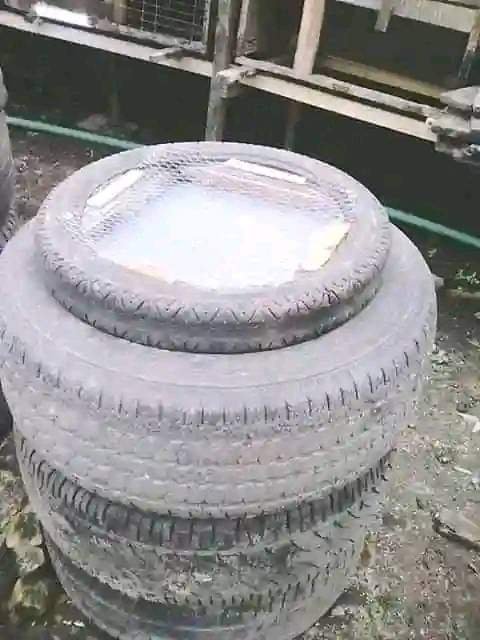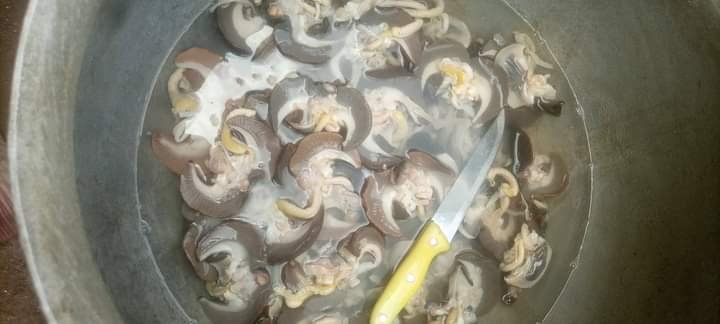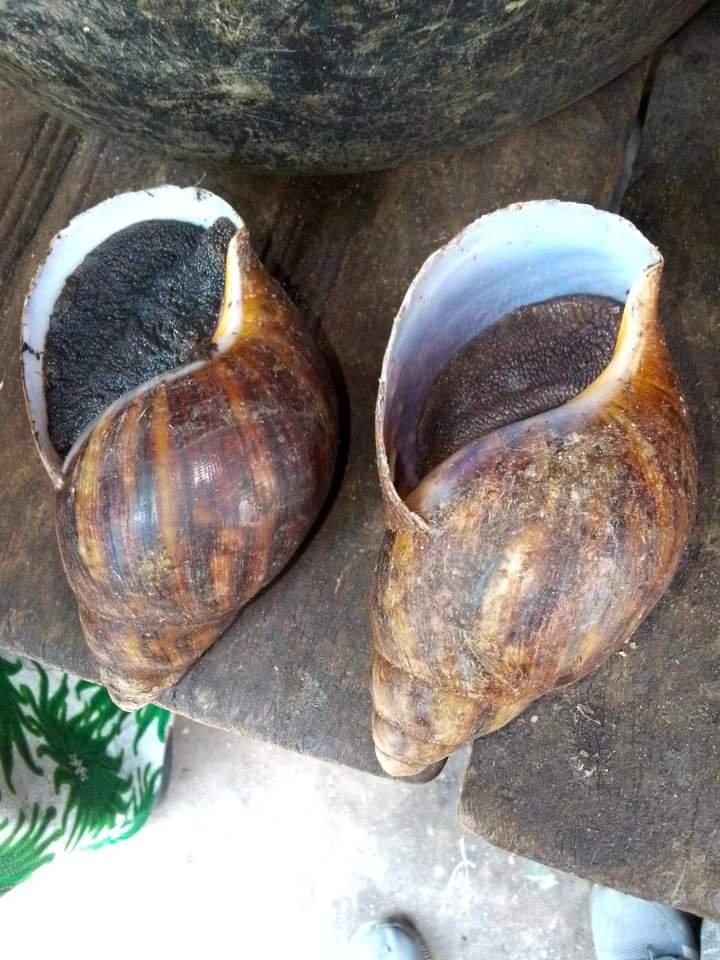Good morning my people of hive community, i hope we all doing well. I am here to share my little knowledge on how do Snail Farming.

Snail farming, also known as heliciculture, is gaining popularity worldwide due to its low investment requirements, high nutritional value, and promising economic returns. Whether you're an aspiring entrepreneur or a hobbyist looking for a sustainable venture, snail farming presents a lucrative opportunity. This guide will walk you through the essential steps of starting a snail farm and explore its economic value.

Understanding the Economic Potential:
1. High Demand: Snails are a delicacy in many cuisines worldwide, especially in Europe, Africa, and Asia. With increasing awareness of the health benefits of consuming snail meat, the demand is steadily rising.
2. Profitability: Snail farming offers an attractive return on investment. With proper management, snails can reach maturity in about a year, providing a continuous harvest. Additionally, snails reproduce prolifically, further increasing potential profits.

3. Sustainable Venture: Snail farming requires minimal space and resources compared to traditional livestock farming. It is environmentally friendly and can be practiced in both rural and urban settings, making it a sustainable option for small-scale farmers.

4. Export Potential: In regions where snail farming is not widespread, there may be opportunities for export to international markets, further enhancing profitability.
Getting Started:
1. Research and Planning: Before diving into snail farming, conduct thorough research to understand the requirements, market demand, and potential challenges. Develop a comprehensive business plan outlining your goals, budget, and marketing strategies.

2. Selecting Suitable Species: There are various species of edible snails, with the most common being the African giant land snail (Achatina species). Choose a species that is well-suited to your climate and market preferences.
3. Housing and Environment: Snails thrive in a moist and humid environment with adequate ventilation. Construct housing units such as wooden boxes or plastic containers filled with soil, compost, or coconut coir. Ensure the enclosure is predator-proof and provides shelter from extreme weather conditions.
4. Feeding and Nutrition: Snails are herbivores and feed on a diet of fresh fruits, vegetables, and leafy greens. Provide a balanced diet rich in calcium to promote shell growth and overall health. Avoid feeding them citrus fruits or toxic plants.

5. Management and Maintenance: Regularly inspect the enclosure for signs of pests, diseases, or overcrowding. Keep the environment clean and moist, and monitor temperature and humidity levels to ensure optimal conditions for growth.
6. Harvesting and Marketing: Snails are ready for harvest when they reach a marketable size, typically around 6-12 months old. Use gentle harvesting techniques to avoid damaging the shells. Explore local markets, restaurants, and online platforms to sell your produce, and consider value-added products such as snail slime cosmetics or canned snail meat.
Conclusion:
Snail farming presents a promising opportunity for entrepreneurs seeking a profitable and sustainable venture. With its low investment requirements, high demand, and potential for export, it offers a viable alternative to traditional livestock farming. By following the guidelines outlined in this article and staying informed about industry trends, you can embark on a successful journey into the world of snail farming.
Thank you for stopping by to read my article, i believe you enjoyed it.